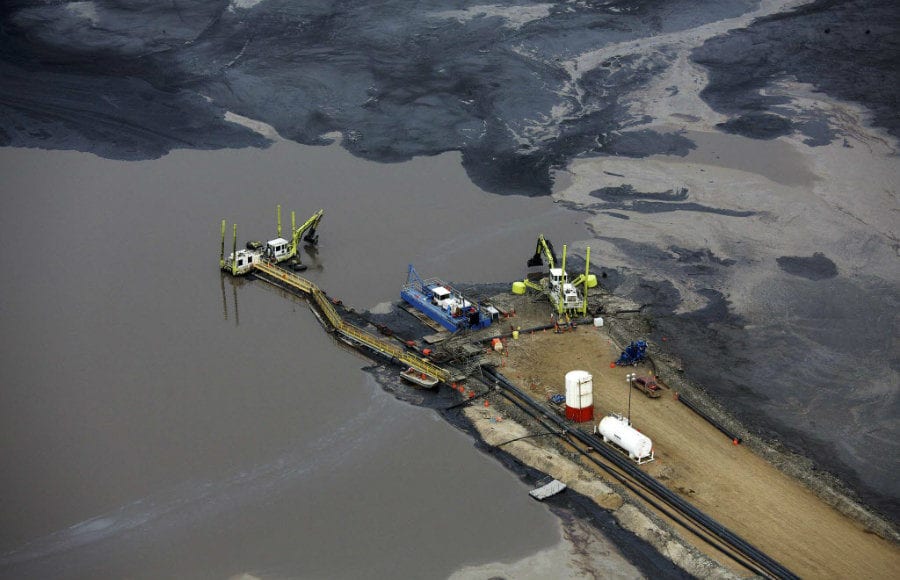Canadian oil sands production is expected to decline by nearly 175,000 barrels per day (b/d) in 2020 as a result of COVID-19—the largest annual decline on record. However, the longer-term trajectory of oil sands production is expected to change little compared to pre-pandemic projections, according to a new 10-year forecast by IHS Markit.
The new forecast by the IHS Markit Oil Sands Dialogue, which takes into account the “COVID-19 shock,” projects Canadian oil sands production to reach 3.8 million barrels per day (MMbd) in 2030—nearly 11 MMbd higher than 2020 levels. The previous IHS Markit forecast expected production to reach 3.9 MMbd in 2030.
Prior to COVID-19, the coming decade was already expected to be one of sustained-but-slower growth for the oil sands, with transportation constraints such as a lack of adequate pipeline capacity and the resulting sense of price insecurity in western Canada weighing on new large-scale incremental investments.
“The impact of COVID-19 has changed the reason for a period of lower investment in the oil sands not necessarily the direction of long-term expectations,” said Celina Hwang, senior analyst, IHS Markit focused on western Canadian supply. “Recent reductions, albeit dramatic, are likely to be only temporary and curtailed output is expected to return.”
Oil sands production is anticipated to rise over the back half of 2020 and into 2021 as curtailed production comes back online and existing installed capacity that has never been fully utilized ramps up. Should the Government of Alberta ease it’s regulated curtailment, by 2022 oil sands output could rebound from its COVID-induced declines to more than 300,000 b/d higher than 2019 levels.
Production would then proceed along a trajectory close to prior expectations, with most production growth to 2030 coming from COVID-19 recovery and ramp-up of already existing production capacity.
About half (over 500,000 b/d) of the rise in production is expected to come from incremental investments in new capacity—the majority of which will come from projects where some capital has already been deployed. Less than a third of anticipated growth to 2030 is expected to come from new projects that include entirely new greenfield operations or projects to expand existing facilities.
The IHS Markit forecast notes that remaining uncertainties in the global recovery from COVID-19 and the status of western Canadian pipeline capacity could shift the trajectory of oil sands production in the future. But previous projections for long-term production growth remain largely intact under current conditions.
“Despite the COVID-induced shocks of 2020 the longer-term expectations for Canadian oil sands are not far off from what was expected prior to the pandemic,” said Kevin Birn, vice president, IHS Markit who heads the Oil Sands Dialogue. “The scale of installed production capacity that exists today, the lack of material production declines from existing operations in the medium to long-term and the ability to optimize and leverage current operations support growth.”



